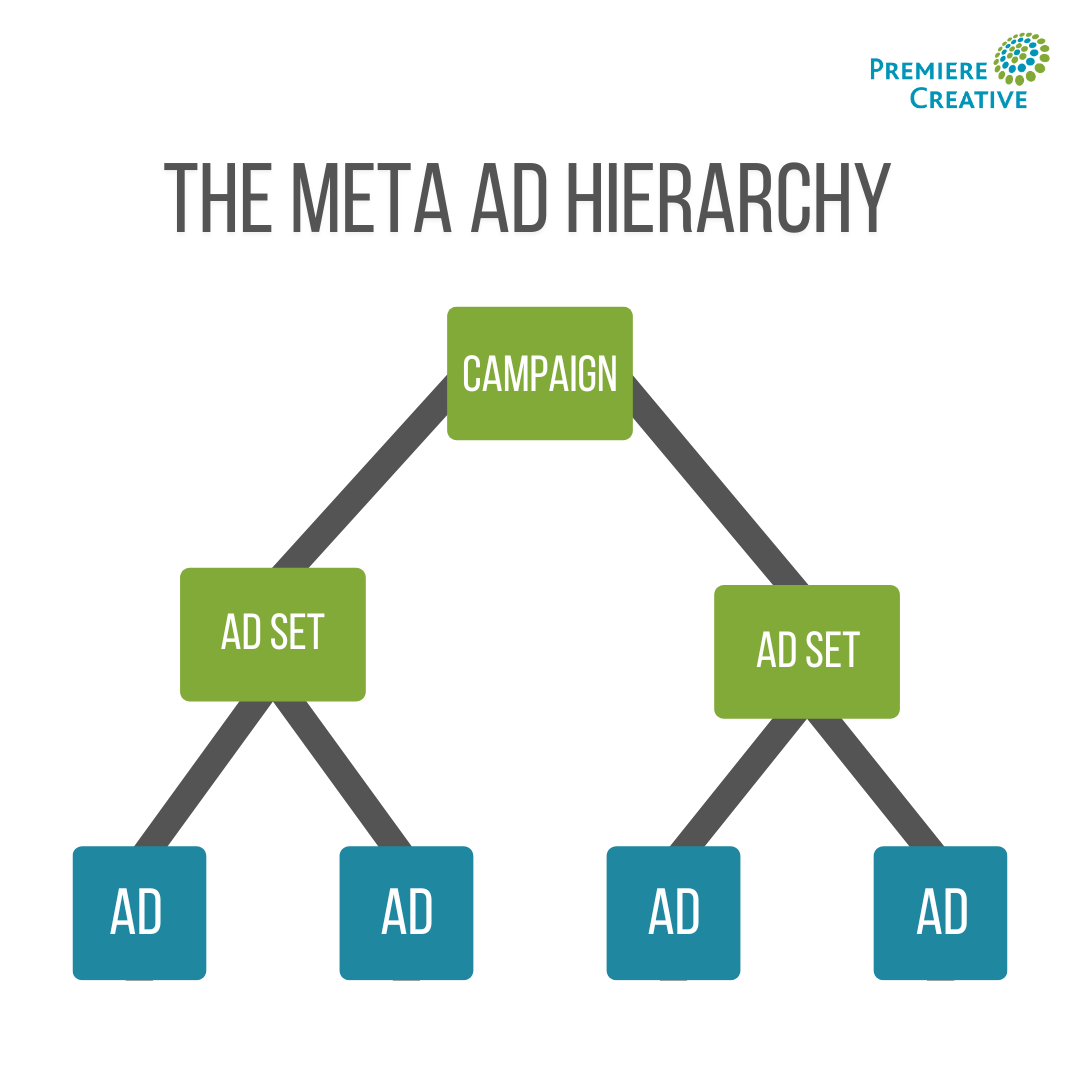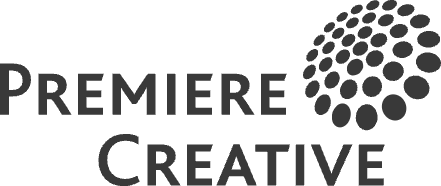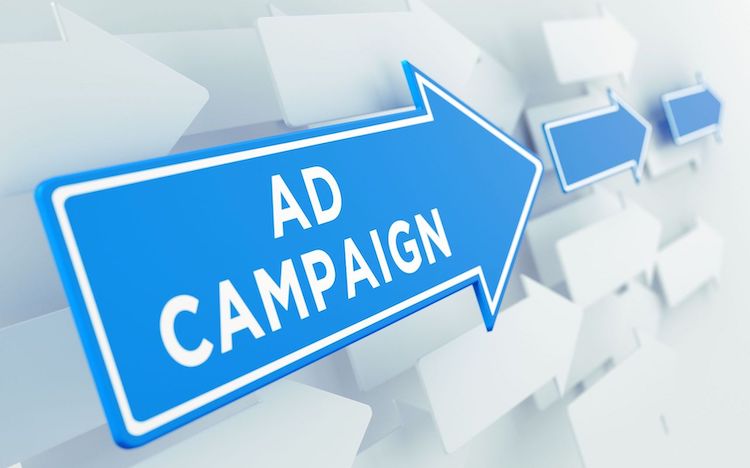Whether you’re a small local shop or a leading tech corporation, you must include Facebook in your marketing strategy. With 2.09 billion daily active users, Facebook offers unparalleled access to a vast audience. Ignoring this platform means missing out on billions of potential customers. Venturing into a new advertising platform may seem daunting, but Meta Ads Manager (formerly Facebook Ad Manager) simplifies the process. This user-friendly tool empowers businesses of all sizes to create, manage, and optimize their ads effectively.
What Exactly is the Meta Ads Manager?
Meta Ads Manager serves as your business dashboard. This tool enables businesses to create, manage, and analyze marketing campaigns. The feature is available for Facebook users but also across all Meta platforms, including Instagram. By harnessing the capabilities of Meta Ads Manager, businesses can enhance their advertising strategies, improve audience engagement, and drive better results across Facebook, Instagram, and other Meta platforms.
The Meta Ads Hierarchy
Meta structures its ad system into a clear and efficient hierarchy, designed to help you manage and optimize your advertising efforts effectively.

Meta Ad Campaigns
At the top of the hierarchy is the Campaign Level, where you define your campaign objectives. Setting clear goals is crucial for guiding your entire advertising strategy.
Meta Ad Sets
Next in the hierarchy is the Ad Set Level. Here, you manage key components such as target audiences, ad placements, budgeting, and optimization strategies. This level allows you to specify who sees your ads, where they appear, and how your budget is allocated and optimized over time.
Meta Ads
At the bottom of the hierarchy is the Ad Level, where you focus on ad creation. This involves designing your ads, choosing formats (like images, videos, and carousels), and adding elements such as headlines, text, and call-to-action buttons. The Ad Level also provides a preview feature, allowing you to see your ad as it will appear to users scrolling through their feeds.
By understanding and effectively utilizing this hierarchical structure, you can create, manage, and optimize your Meta ad campaigns to achieve your marketing objectives and reach your target audience more efficiently. (If this was a lot to take in, have no fear! We’ll cover these topics later.
1. Creating Your Meta Ads Manager Account
Since you’re going to use Meta Ads Manager, let’s look at creating your account. If you already have a Meta Ads Manager account, feel free to proceed to the next section.
- Create/Open a Personal Account: You need a personal account to access Meta Ads Manager. Simply, create or open your personal account.
- Access Meta Business Suite: Now that you have access to a personal account, click on Meta Business Suite. Create a new Meta Business Suite account if you don’t already have one.
- Create an Ad Account: Now it’s time for you to create an ad account. You must go to “Business Settings” and under “Accounts” select “Ad Accounts.”
Congratulations! You are the proud owner of a Meta Ads Manager account. Now that we’ve covered account creation, let’s go over more crucial factors.
2. Advertisement Objectives
Setting and defining clear objectives are a must for any marketing strategy. Facebook ads are no exception. Without a clear objective, you risk running an inefficient campaign. When you create an objective, you’re planning out your future results. Here are a few objectives to keep in mind.
- Views: Every social media user yearns for high viewership. While going viral on Facebook ads would be awesome, it may not be realistic. Before publishing an ad, set a Quantitative Views objective. This will help with ad creation, optimization, and generate measurable ad performance.
- Overall Engagement: Like views, you want potential customers to engage with your content. Engagement refers to likes, comments, views, and shares. Set clear engagement objectives before posting.
- Traffic: Traffic refers to web and page visitors. One of your main objectives may be to drive page traffic. You will see higher traffic levels when you include phrases like “click the link in bio” in your ad description.
- In-Store Traffic: Traffic isn’t only exclusive to eCommerce. You should have an objective for store traffic if you have an in-person front. Tracking this could be as simple as having a cash register attendant ask if they heard of the business from Facebook Ads.
- Lead Generation: Before you start a campaign, it’s important to have a feel for the industry. Lead generation refers to collecting information from potential customers and companies in your industry. Asking around will help with setting measurable objectives.
Given that you’ve just set your objectives, let’s explore a similar topic.
3. Target Audience
Like objectives, you must define a target audience. By defining a target audience, you can display your product to the right group of people. It’s also important that you aren’t being too broad with your advertisements. Even if your ads gain viewers, ultimately it won’t matter unless they engage with your content. Here’s a list of factors to consider regarding target audience:
- Age: Tailor your ads to the audience’s age. If you are selling a video game, your target audience is probably around the age of 10-25. Age will also affect how your ads should be designed.
- Gender: Your ads should be gender-conscious. Ponder whether products are male, female, or non-gender specific.
- Geographic: Consider where in the world your ads show up. Even if you are an e-commerce brand, geography still matters. Certain parts of the world have different cultures and customs. Make sure you are advertising to a specific area to optimize results.
- Language: Like geography, language matters. Assuming everyone speaks in your native tongue will hurt sales. To avoid encountering this issue, consider targeting regions that speak your language. If your region is diverse, perhaps make ads that are language-neutral. Examples of this include creating ads that feature universally understandable symbols to avoid language barriers.
You can track all these factors with Meta Ad Tracker. Keep all these factors in mind when you review previous ad performance, to fully optimize your next campaign.
4. Budgeting with Meta Ads Manager
Utilizing Meta Ads Manager requires a budget. Budgets are paramount for responsibly allocating funds. There are two types of budgets to consider: daily and lifetime budgets.
A Daily Budget refers to the amount of money spent on a campaign each day. Meta Ad’s daily budget functions as a cap system. When you set a daily budget, Meta will spend up to that selected price. This feature is excellent for the short term as the tool allows you to have a hands-on approach each day. If you don’t want to worry about managing your budget daily, the next option might be advantageous for you.
Lifetime Budgets apply to the entire duration of an ad campaign. You set this cap at the start of your project. Meta will automatically distribute your budget across the entire campaign to achieve the best results. Lifetime budgets allow for advanced scheduling options. You can decide what ads will be live daily and weeks in advance.
Overall, each tool can benefit your marketing campaign in unique ways. If you plan on tinkering with your advertising strategy each day, a daily budget could be for you. While if you are looking for a laissez-faire approach, consider a lifetime budget. Experiment with both and decide which fits your style!
Start Your Next Campaign with Meta Ads Manager
With your newfound expertise in Meta Ads Manager, it’s time to put your knowledge into practice. Whether you’re running a restaurant, an e-commerce store, or an app development company, Meta Ads Manager will help you optimize your advertising performance. At Premiere Creative, our team has mastered the ins and outs of Meta Ads Manager. If you’re looking to partner with seasoned social media experts, contact us at (973) 346-8100.

